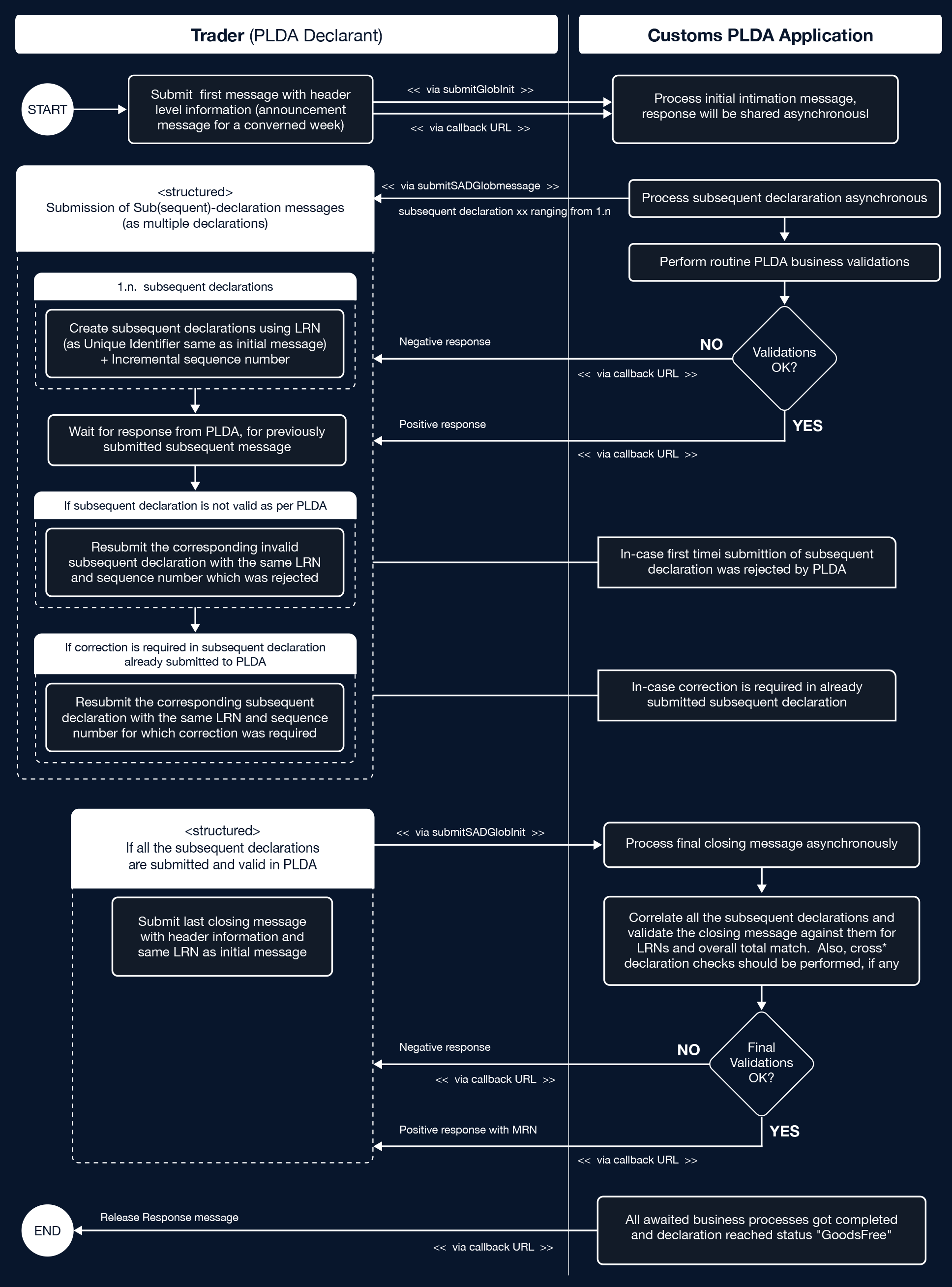INTRODUCTION
E-Globalization has replaced the file-based approach, which enabled declarants to submit periodic returns for all imports under Entry in Declarants Records. For Importers that bring product into bonded warehouses, the release to free
circulation from bonded I.e. procedure code 4071 declarations are required to use E-globalization. Beginning February 1, 2022, E-Globalization declarations have required electronic submission to Belgian Customs. One significant
contrast between the two methods is the level of information included in the submissions. E-globalization declarations are more comprehensive than the past reduced content in the file format.
WHAT IS E-GLOBALIZATION?
E-Globalization is the process of consolidating customs declarations of a company on a periodic basis rather than sending individual declarations. Usually, the period covers a maximum of one month (1st to last calendar day of the month)
and can have a maximum of 999 items or articles. E-Globalization declaration provides a detailed information of the goods which are imported into the EU at a specific point in time for a specific shipment/transport. To ease the
import procedure, some large declarants are allowed to submit one “globalized” declaration for all the goods they imported during a certain period. This implies that the goods have already been imported/entered the EU at the time
the declaration is received by Customs. Declarants must however keep a ‘log’ in which they record all transactions related to the globalized declarations. These declarations are also known as “Periodic” declarations. Only AEO (Authorised
Economic Operator) compliant companies are allowed to enter E-Globalization declarations.
E-GLOBALIZATION USING SAP GTS
Belgium Customs allows AEO-certified companies to use electronic supplementary declarations to process their Entry in Declarants Records. SAP GTS provides features and functionalities to manage this E-Globalization declaration. GTS
offers a standard solution to extract the required data and submit it in the format required by Belgium Customs. It helps to manage these declarations more efficiently and effectively, ensuring compliance with customs regulations
and reducing the risk of penalties or fines for non-compliance.






